Top 10 countries based on natural resources

The value of natural resources is often determined by their scarcity and value for our modern economies – and in 2022, the notion of ‘value’ is increasingly broad, covering not just commercial dynamics but ESG and sustainability considerations.
As of 2021, Russia held natural resources amounting to an estimated total value of US$75trn, which includes coal, oil, natural gas, gold, timber, and rare earth metals, among others. With a total natural resource value of US$45trn, the US is the second leading country worldwide based on natural resource value, according to Statista research. Here is the top 10 list.
10: 10. Venezuela
Petroleum and petroleum-derived commodities account for around 95% of the country's total export revenues, illustrating its dependency on the commodity – and vulnerability in these decarbonised times. However its natural resources also include diamonds, gold, natural gas, bauxite and iron ore.
Value: US$14.3trn
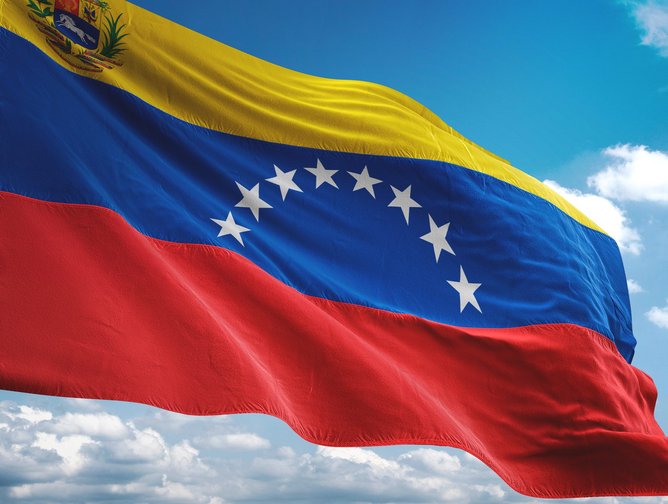
09: 9. Iraq
Alongside having some of the largest oil reserves in the world, with five ‘supergiant’ fields, Iraq boasts abundant supplies of sulfur, phosphate and natural gas, and it generates electric power from liquid fuels, natural gas, and hydroelectric resources.
Value: US$15.9trn
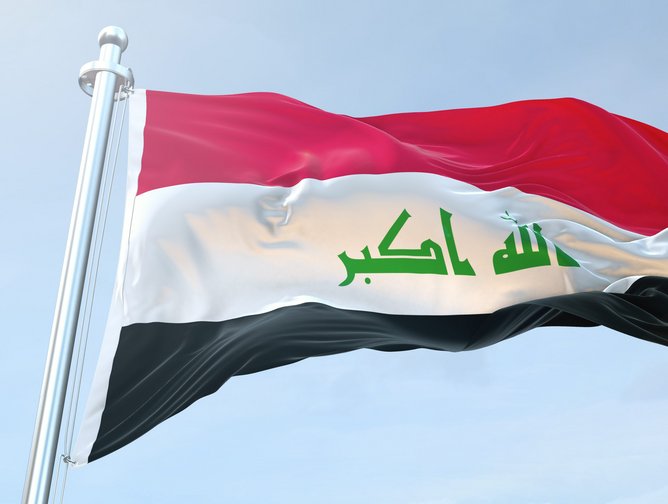
08: 8. Australia
Australia’s vast geography ensures a diverse mining profile with gold, coal, natural gas, petroleum and iron ore spearheading much of the country’s industrial activity. Uranium, nickel, bauxite, zinc, zircon, ilmenite and rutile are also among its important resources.
Value: US$19.9trn
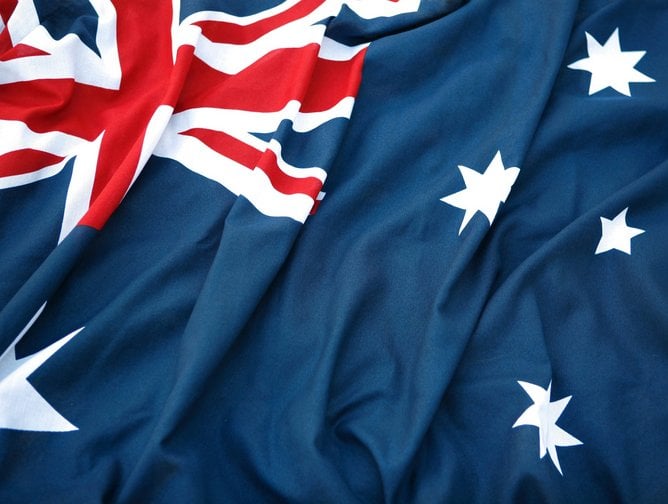
07: 7. Brazil
Brazil’s mining profile is broad encompassing gold, diamonds, bauxite, iron, tin and platinum – and it is with many of the less well known minerals where the country excels; it claims top spot for niobium and tantalite; second for kaolin and graphite and third place in reserves of talc, vermiculite and aluminium.
Value: US$21.8trn
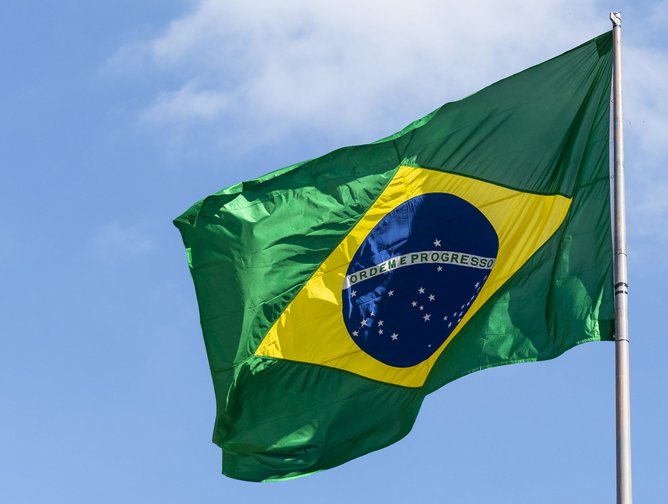
06: 6. China
China has significant deposits of oil and natural gas and the third largest producer of iron ore. Other major minerals are coal, bauxite, diamonds, gold, lead, mercury and phosphate rock, and it is one of the largest exporters of magnesium. Water shouldn’t be overlooked either, with hydroelectricity one of the country’s major energy sources.
Value: US$23trn

05: 5. Iran
The middle east country’s major mineral resources are oil, gas, coal, chromium, copper, iron ore, lead, manganese, zinc, and sulfur. Iran has begun exploration efforts to identify new reserves at the large South Pars gas field, according to reports.
Value: US$27.3trn
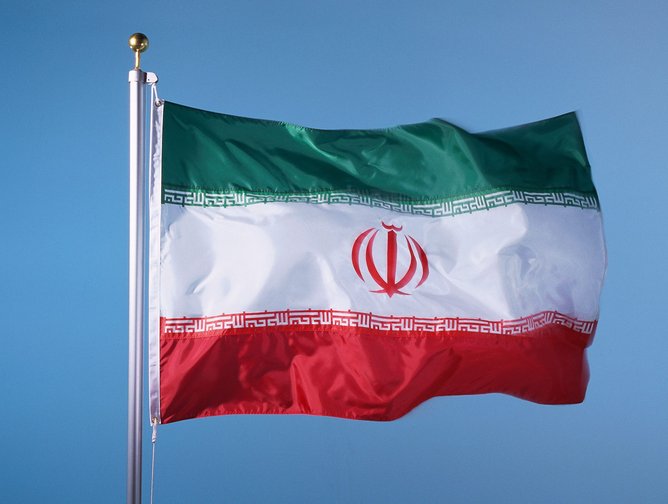
04: 4. Canada
You can’t keep Canada out of the energy and mining headlines for long, with its petroleum, coal, iron ore, uranium and potash reserves. The latter is one of the jewels in its resources crown – accounting for 29% of global production. In these sustainable times, the country is increasingly becoming a focal point for green mining innovation.
Value: US$33.2trn

03: 3. Saudi Arabia
No prizes for guessing Saudi Arabia’s revenue lynchpin, but beyond its abundant oil supplies – estimated at 268bn barrels – the Kingdom boasts natural gas, gold, phosphate and aluminium. The recent Future Minerals Forum helped raise the country’s profile and underlined its mining aspirations.
Value: US$34.4trn
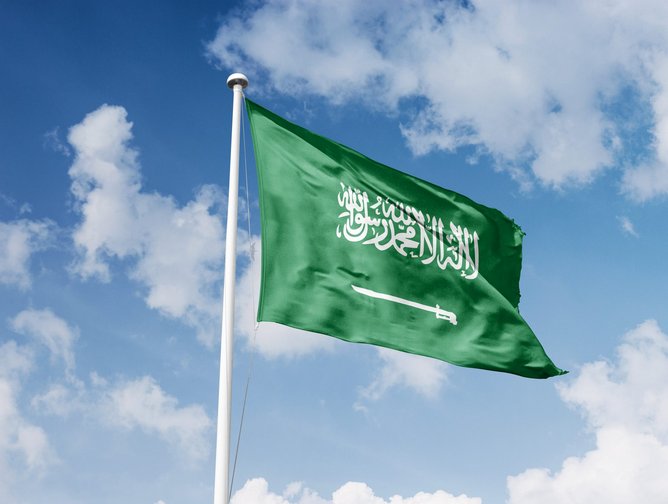
02: 2. USA
The United States is the third-largest producer of coal, accounting for 27% of the world’s total resources. Other natural resources include crude oil, natural gas, uranium, bauxite, zinc, uranium, copper, silver, nickel and potash, among others. A broad range of geographies offer prime opportunities to harness renewable sources of energy, from wind to biodiesel.
Value: US$45trn

01: 1. Russia
Russia heads the list when it comes to natural resources, boasting diamond, gold, platinum, palladium, coal, natural gas and petroleum as well as iron ore, manganese, chromium, nickel, titanium, copper, tin, lead and tungsten. On top of all that, it accounts for around 20% of the world’s timber through its plentiful conifers.
Value: US$75trn
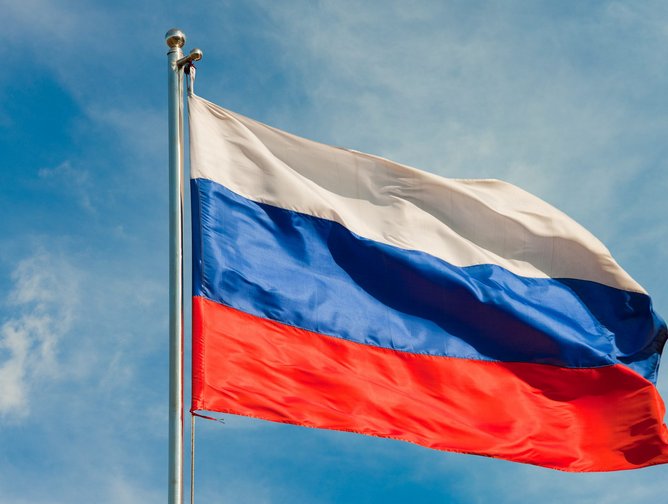
- How is Anglo American Enhancing Mining Safety?Operations
- Anglo American and Teck: Forming a Global Minerals GiantSupply Chain & Operations
- Maaden Appoints Donovan Waller to Lead Mining Tech FutureTechnology
- The Future of Mining? Rio Tinto’s Game-Changing RestructureSupply Chain & Operations



